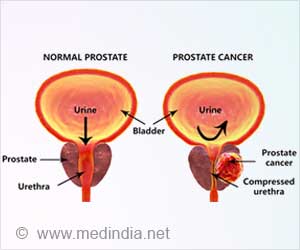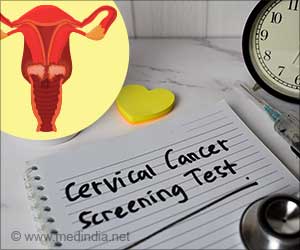Highlights:
- Nanopatch, a vaccine delivery system combats poliovirus more efficiently than the needles and syringe based approach.
- Nanopatch not only elicits a faster immune response but does so with a lower dosage of vaccine and in an easier manner.
- Data from the study encourages use of this technology for human vaccinations.
Nanopatch
The Nanopatch was first invented by Professor Mark Kendall. It is a microscopic device with fine micro-projections on the surface. These projections are coated with a vaccine material. The device releases this material directly to the large numbers of key immune cells immediately below the skin surface. "It targets the abundant immune cell populations in the skin’s outer layers, rather than muscle, resulting in a more efficient vaccine delivery system," Professor Kendall said.Advantages of Nanopatch over the Intra muscular approach of vaccine delivery
- Ease of administration, especially for mass vaccination programs.
- Lower amount of dose required compared to the IM injections.
- Pain free method of vaccination.
- Delivers inactivated polio virus at lower dose resulting in lower cost.
Vaccination for Polio
Polio eradication began in 1988 when polio was endemic in over 125 countries. The result of this was over 350,000 cases of paralysis each year.Although, polio vaccines are safe, efficient and have resulted in eradicating polio from most of the world except Pakistan and Afghanistan, there is a small group of people who may suffer from vaccine-associated poliovirus paralysis. Also the virus in the vaccine may revert into its virulent phenotype and spread in the community.
The currently administered vaccination for polio is a live oral vaccine. In this case, the polio virus is alive but the virulence is weakened to prevent infection but just enough to produce antibodies. There is another type of vaccine called the inactivated poliovirus vaccine. In this case, the virus is heat killed and is not virulent.
However, the cost factor of administering the inactive vaccine is very high. A single dose of inactive polio virus vaccine is five times more expensive than the oral live attenuated poliovirus vaccine, making it unsuitable for mass vaccination programs. To secure a polio-free world, it is necessary to avoid live attenuated or oral vaccines and administer the inactive poliovirus vaccines. Nanopatch allows easier administration of vaccines including the inactivated poliovirus vaccines.
The Study Findings
- The study examines Nanopatch as an alternative vaccine delivery system to the traditional needle and syringe to deliver inactivated poliovirus vaccine.
- The team found that all three inactivated poliovirus serotypes can be formulated onto a single Nanopatch device and elicit an immune response against all three serotypes in rats.
- Also, there was no difference in immune response even if the inactivated poliovirus vaccine was delivered as a monovalent or trivalent formulation.
Reference:
- Muller, D. et al. High-density microprojection array delivery to rat skin of low doses of trivalent inactivated poliovirus vaccine elicits potent neutralising antibody responses. Scientific Reports 7, (2017).
Source-Medindia













